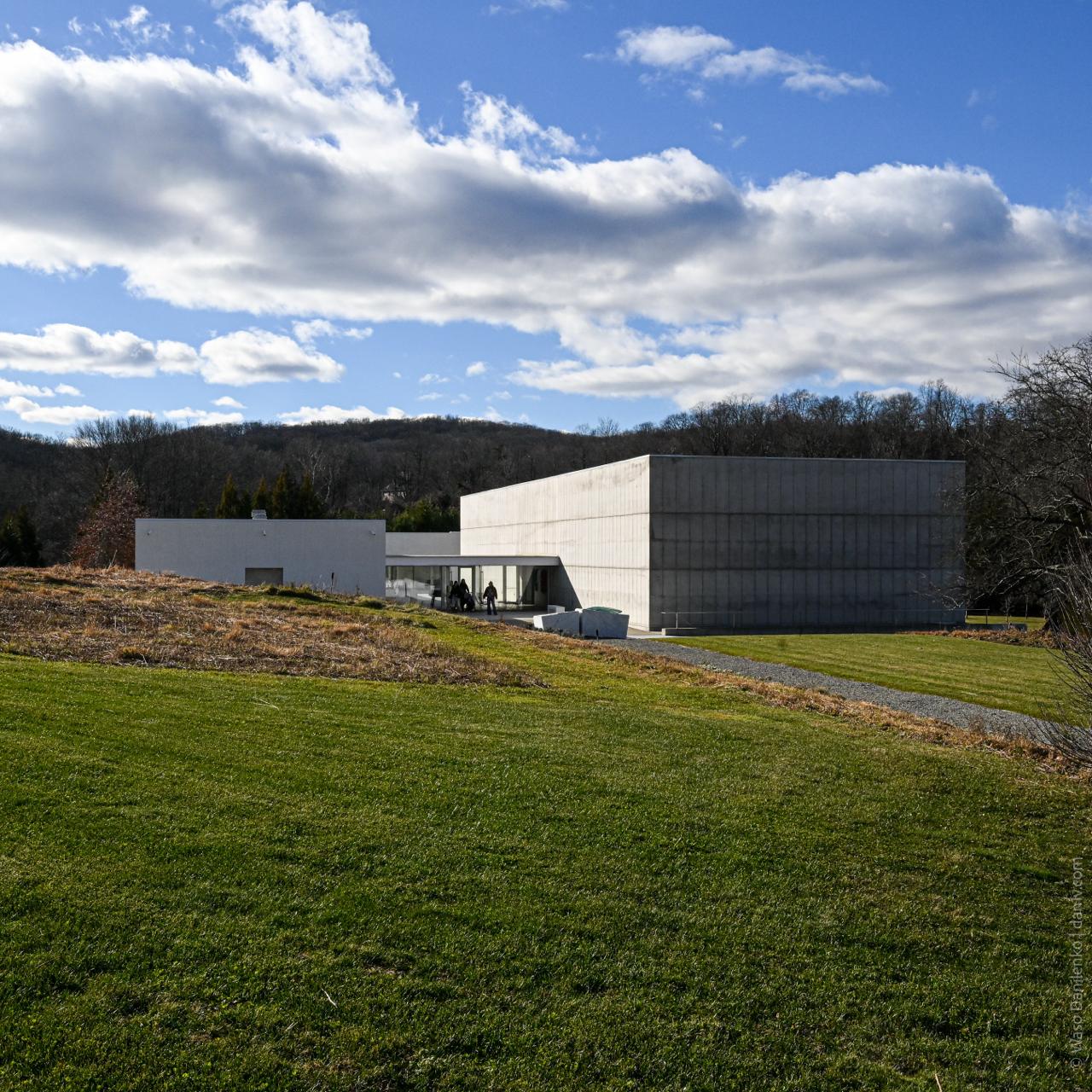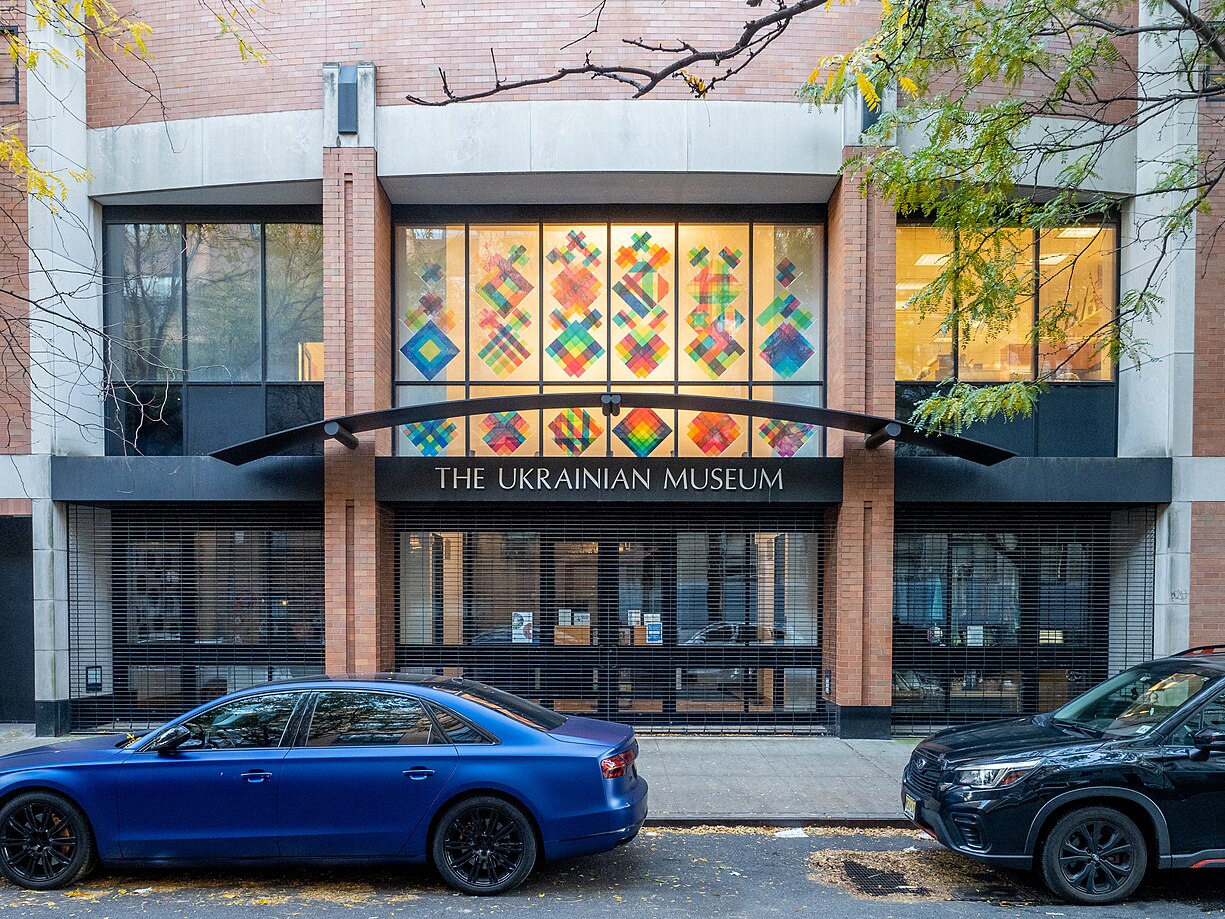Isamu Noguchi (1904–1988) was a renowned American sculptor of Japanese descent. His works often appear as though shaped by nature itself—yet with clear human intervention. The Noguchi Museum offers visitors a window into the fascinating world of the artist’s life and creations.
History of the Museum
The Noguchi Museum in New York was opened by the artist himself in 1985, in a former industrial warehouse across from his studio. It features bright galleries and a quiet inner courtyard where art coexists with trees, stones, and water.

Noguchi’s works became a true phenomenon, reflecting his rich and layered cultural identity. He worked in Paris, traveled throughout Europe, Mexico, and Asia.
He drew inspiration from Japanese gardens, Chinese calligraphy, Mexican murals, and Italian marble. In addition to sculpture, Noguchi created architectural spaces, furniture, and lighting, paying special attention to form, light, and material.
The Exhibition
Here you’ll find everything from Noguchi’s early abstract forms to his world-famous Akari light sculptures. From massive stone blocks to delicate structures in wood and metal. The museum also features drawings, models, and photographs from the artist’s life.

The museum archive holds an extensive collection of photographs, manuscripts, correspondence, exhibition records, press clippings, and Noguchi’s architectural drawings. It includes personal travel photos, letters and images of other artists, and notes revealing Noguchi’s creative process and reflections.

Akari Light Sculptures
In the 1950s, Noguchi traveled across Japan and discovered lanterns made of mulberry paper and bamboo sticks. Fishermen would light them along rivers, creating a scene of serene mystery. Inspired by these lanterns, Noguchi created a modern version: Akari. These light sculptures combine Japanese origami aesthetics with modernist American design.

The Noguchi Table
Isamu Noguchi also made a mark on 20th-century design history with his iconic table, created for the American company Herman Miller.
Interestingly, the original table design was stolen by the client, who refused to pay and claimed that “anyone can design a three-legged table.” But in 1944, Noguchi got his revenge: he created the legendary table that was later sold by Herman Miller.

The Garden at the Noguchi Museum
The heart of the Noguchi Museum is its outdoor garden — a quiet, almost meditative oasis in urban Long Island City. Noguchi designed the garden himself, from its layout to the selection of stones. There is no excess or randomness: every rock, tree, and curve of the land holds meaning. His approach to landscape design is a continuation of the Japanese tradition, reinterpreted through the lens of modernism and Western minimalism. The stones in the garden are elemental. Noguchi revealed their natural lines, cracks, and textures.

Until March 26, 2008, a striking 18-meter-tall tree — an Ailanthus altissima aged 75 years — stood in the museum’s sculpture garden. It was the garden’s central element. When Noguchi bought the building in 1975 and began clearing the backyard, he spared the tree. According to Bonnie Rychlak, Noguchi’s former assistant and later the museum’s curator, “in a way, the sculpture garden was designed around that tree.”
By early 2008, the tree had begun to die and posed a safety risk — it could fall onto the building, which was being prepared for an $8.2 million renovation. The museum invited the Detroit Tree of Heaven Woodshop collective to repurpose the wood into benches, sculptures, and other elements for the museum’s interior and exterior.
Visitor Information
Website: https://www.noguchi.org/
Address: 9-01 33rd Rd, Astoria, NY 11106. A great reason to take a ferry to Queens.
Admission: $12





